By David Tong
Winchester Model 50 Shotgun Review.
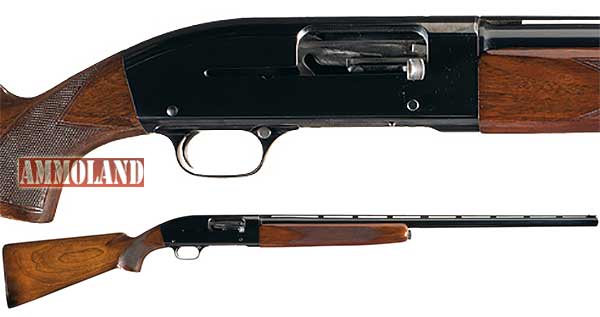

USA – -(Ammoland.com)- Winchester made many autoloading shotguns in the Twentieth-Century.
One of their saddest mistakes, in my view, was their turning down of John Browning’s immortal Auto-5 recoil-operated design during its first decade, due to Browning’s desire to actually be paid a royalty on each one built.
This was not accepted by Winchester management, and they paid a price for this decision with lasting effects to this day.
Winchester Model 50 Shotgun

The Winchester Model 50 Shotgun is an interesting artifact. Other than the aluminum alloy trigger guard housing, the piece is constructed of machined, forged-steel parts. No less than David “Carbine” Williams (of WWII M1 Carbine fame) was responsible for the operating system, that used a “floating chamber insert” very similar in both design and execution of the more famous Colt “Service Model Ace” or their Government Model .22 “Conversion Unit” that allowed inexpensive practice once upon a time.
The Winchester Model 50 Shotgun represents a transition of technology of sorts. Up to this point, other than the aforementioned Auto-5, all repeating shotguns from Winchester used a tilting bolt that locked into a receiver mortise in its inside-top surface. Think “Winchester Model 12.” This is a very solid way to lock the bolt, but it is quite a bit more difficult to properly manufacture, compared to what is today’s standard, a bolt that locks into a barrel extension.
The Winchester Model 50 Shotgun is a technological “half-step.” In most recoil-operated arms, the bolt is delayed from rearward travel by the weight of the barrel that is affixed to it, and the barrel recoils a short distance with the locked bolt before the bolt’s timing allows it to disconnect from the barrel on its way back in full recoil.
The Model 50 Shotgun instead uses its floating chamber insert as the locking abutment as well as the piece that moves rearward, leaving the barrel “fixed.” As the bolt and insert move to the rear, a portion of the gases envelope the outside of the bottleneck-shaped insert that help “float” the assembly rearward via that gas pressure.
Being of fairly heavy construction due to recoil-operation, there are lots of critics who consider the design “too rear heavy,” “too difficult and time consuming to clean,” and “another sales failure.”
In my experience, the shotgun performed brilliantly on pesky starlings last fall. These birds are quite aerobatic, fast, and change flying tactics when they figure out you are out to get them. The muzzle lightness actually, for me anyway, made it quite reactive and quite the tool for the job.
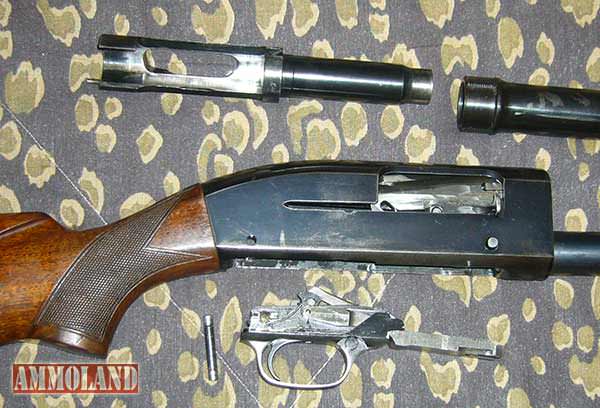
While the Winchester Model 50 Shotgun is somewhat more difficult to clean that a “normal” repeater, stripping it for this requires unthreading a fore-end cap, removing the fore-end, locking the action open, and removing the barrel (by turning it ninety-degrees counter-clockwise) and the chamber insert. Simply clean the interior of the barrel as normal, and both the outside (primarily) and inside of the insert. Brush the bolt-face and receiver interior. I used Slip 2000 725 non-toxic, water-based carbon cleaner and re-lubricated with their “EWL” full-synthetic oil. I didn’t have any failures of cycling or feeding/extraction/ejection after nearly 350 rounds of shooting over a week-and-a-half of shooting. I suspect with the Poly Choke that was installed by a previous owner, that it will be equally deadly on the trap range.
In addition, the entire trigger group is retained by a single spring loaded pin. Push it out with a brass drift, and it opens up the entire receiver interior to inspection and cleaning, while it can be easily cleaned using spray lubricant and compressed air.
Finally, these shotguns were built from 1954-1959. There is a modicum of truth to it being a relatively slow seller, but that is also because it was truly a three-shot auto. The magazine is a machined tube limited in length to just two-round capacity, plus one up the spout. It is only a sporting upland or water-fowling piece, in other words. However, some 196,000 of them were sold, and Winchester never fully recovered from dissing Mr. Browning with its homespun autoloading designs.
One of the good things about the Winchester Model 50 Shotgun is that evidently spare barrels are relatively plentiful, do not require fitting to the receiver or chamber insert, and are relatively inexpensive.
Physically, I am resolutely “average” in size, and the drop at comb, trigger pull length, and drop at heel measurements are near perfect for my 5’10” frame. The Winchester Model 50 Shotgun and I got on perfectly well immediately, and I took it directly from the gunshop straight into the field without regrets.
I guess the sixty-some-year old Winchester Model 50 Shotgun and I can look forward to a long life together.
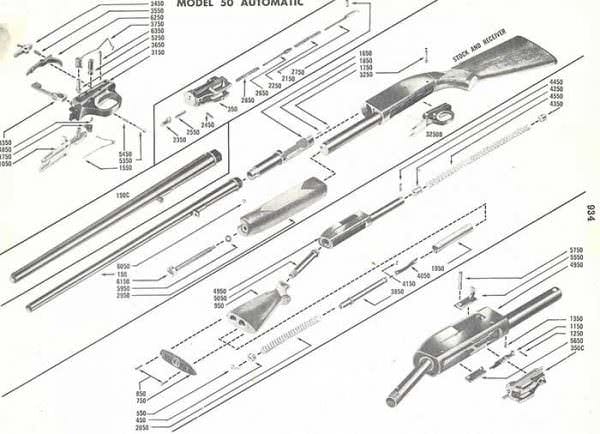
Winchester Model 50 Shotgun Resources:
- Used Winchester Model 50 Shotguns and parts for sale : https://tiny.cc/taepby
- Winchester Model 50 Shotgun Do Everything Manual : https://tiny.cc/1fepby

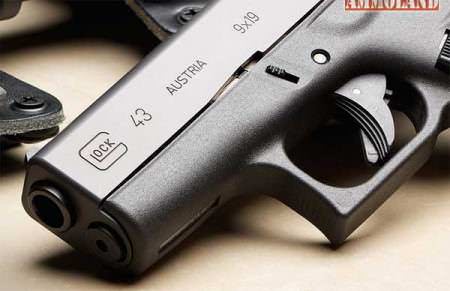
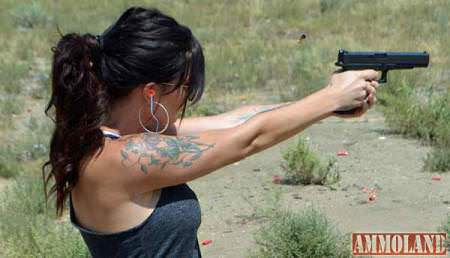
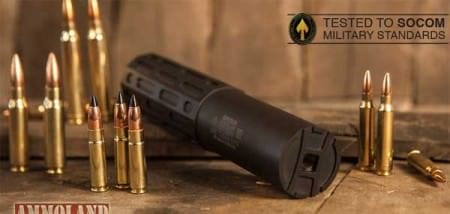
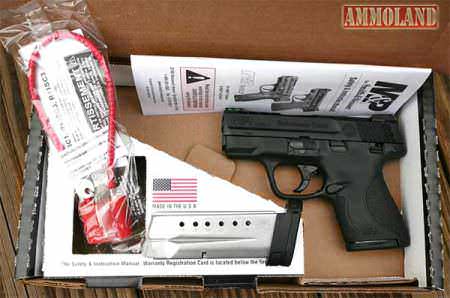
Hello I am the new owner of a 50 , I am having some troubles and would appreciate it if you could help me with this. I have fired it a box and a half so far and it isn’t firing consistently, even now the bolt is stuck open and will not close, and is there a way I can get the manufacturing date ?
Where can I get info re date of manufacture on a model 50 ?serial number is either i352124 , or 135124. Thanks
1959
Hello! I hunt with an old fellow (age 83), and have been hunting with him for 17 years. We do extensive migratory waterfowl hunting in Alberta, Canada, particularly geese. He uses a Winchester Model 50 semi-automatic, is quite obstinate and refuses to buy another shotgun to handle steel shot. His preferred shell is the 2 3/4″ high velocity KENT FASTSTEEL (1550fps) in BB shot size. He has not modified the forcing cone, or the full choke, and has put through at least 100 boxes of shells through this gun. That is about 6 boxes per season for 17 years. He… Read more »
All your friend needs is an IMP CYL or MOD barrel. He should be able to find one for $100.00 bucks give or take. His other option is to have that barrel cut below bulge, and have it threaded for screw in chokes. I like Briley out of Houston,TX. I live in Arkansas, and ducks are the name of the game. I hunt in decoyed flooded timber, and with steel shot all that is needed is Imp Cyl, patience, and a good old boy that knows WHEN and HOW to call ducks. I used the steel receiver model 50 when… Read more »
I have given 5 model 50 shot guns to my grand kids 20 ga to girls and12 ga to the boys. They are truble free and be in use long after I am gone.
My Model 50 20 gauge has had more than 15,000 rounds without a single problem. By far the best long distance “kill” shotgun I’ve ever used, and I’ve shot a wagon full of others. Love it and will continue
using it with no regrets.
can you extend the mag tube to hold more rounds?
I have had a Model 50 since 1959 – received as a gift when i was 12 years old. I mostly use for trap. It has always performed flawlessly unless I fail to clean it. I was pleased to learn lately that Carbine Williams was in the design team – the M1 carbine is another favorite of mine (also AR15, 1911 and Beretta M9)
It was my ist shotgun. I still have it tho retired as i was told todays ammo is too much for it….rabbits..doves..quail..pheasants..ducks and geese…u name it…iffen it was available and legal i hunted with it…even took deer in shotgun only season…
I have my Father’s 1956 model. Never shot it. A gunsmith said its in excellent shape. Thanks for this excellent site and article. This information provides more information that I can use for quite awhile.
The shotgun I have was used, according to a uncle, to dispatch a hawk headed for a hunting dog. So I read the same writings from some of you – that it swings well and quick.
Ziggy
I have my grandfathers Mdl 50 made in the very early 60’s. It is long, heavy and deadly accurate. It has been very dependable (no failues or misfires) and despite its length is a very quick sighted gun and fast on 2nd & 3rd shot (I dont usually miss a dove but when I do it is usually 3 times!).
I have Browning & Remington shotguns for my kids but I will always shoot my antiquated Winchester!
@Steve, Deadly accurate? It is a shotgun. Ok, I’ll give you the deadly part.
Wild Bill
It has been a good gun sir. Comfortable and productive.
the model 50 will only crack a receiver if you don’t keep the recoil spring within tolerance and timed. I shoot these 50’s a lot and have had no issues.
The light weight alloy receiver mod 50 and 59, had several cracking problems. BUT the standard mod 50 with steel receiver have never cracked.
Don
Your ‘long life together’ won’t be as long as you think. The Model 50 has the propensity for receiver cracking at the aft end of the horizontal cut out for the bolt handle.
I’m looking at picking up a 1956 model 50 for around $250 bucks I have only seen one picture of it looks to be in good shape anything I should know? Thanks for any help you can give me.
Jeff
I offer model 50’s as loaners at my shooting range, both 12 and 20ga. modern ammo is not a concern with these guns. shoot them all day, just don’t use max loads. keep it under 1 1/8 and use 2 3/4dram.